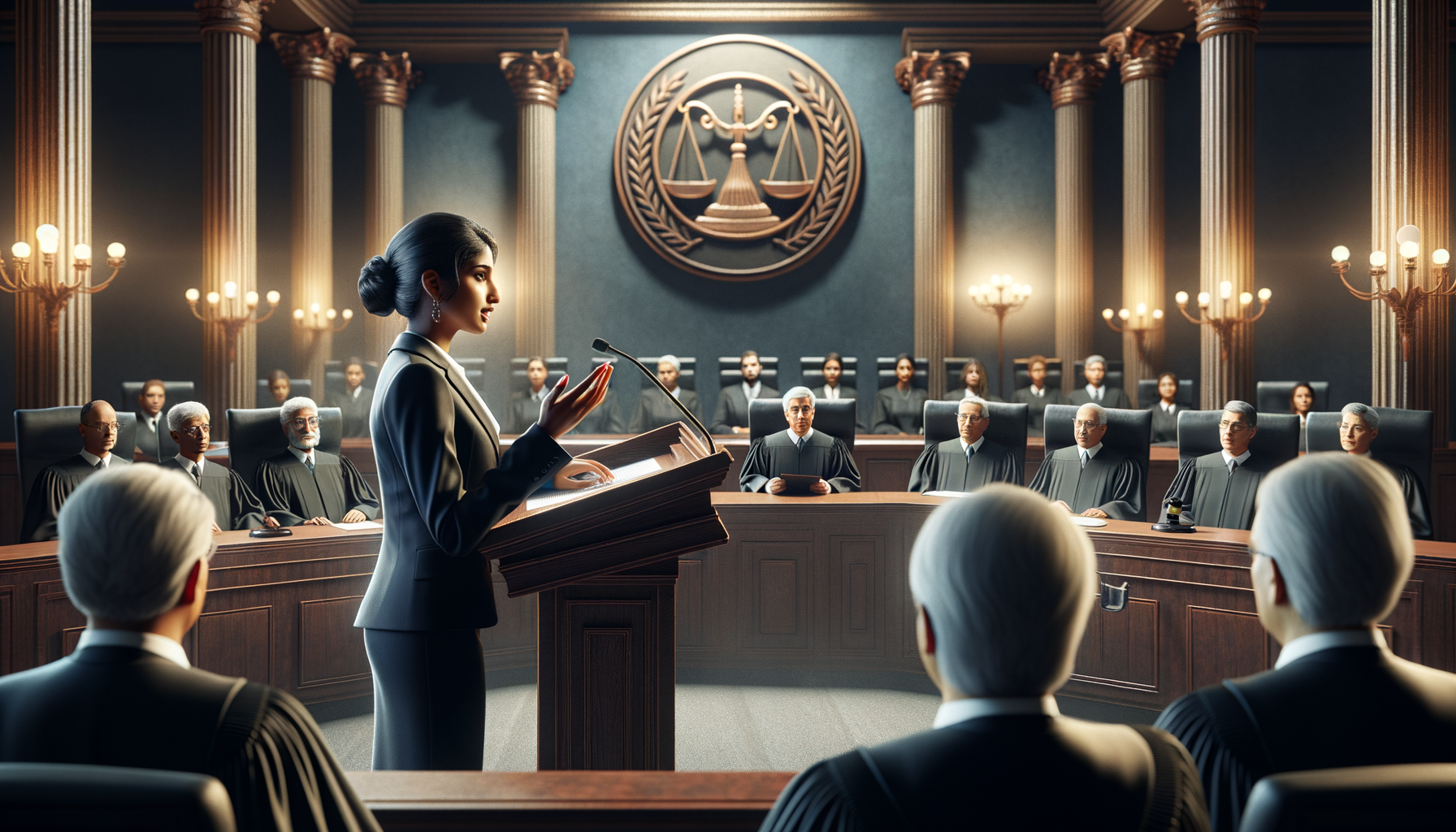IRAC Summary:
Issue: Whether the Andy Warhol Foundation for the Visual Arts, Inc.’s use of a photograph taken by Lynn Goldsmith to create new artworks constituted a transformative fair use that does not infringe on Goldsmith’s copyright.
Rule: The fair use doctrine, codified in 17 U.S.C. § 107, provides a legal framework that allows for the use of copyrighted material without permission under certain conditions. The factors to consider include the purpose and character of the use, the nature of the copyrighted work, the amount and substantiality of the portion used, and the effect of the use upon the potential market for, or value of, the copyrighted work.
Application: The court must apply the four-factor test to determine whether Warhol’s artworks sufficiently transformed Goldsmith’s photograph, giving it a new expression, meaning, or message, or merely repurposed it without significant artistic alteration. This entails examining the purpose of Warhol’s use (e.g., for commentary, criticism, or a commercial purpose), the creativity and published nature of Goldsmith’s work, the amount of the work used by Warhol, and the impact of Warhol’s work on the market for Goldsmith’s photograph.
Conclusion: The court concluded that Warhol’s use of Goldsmith’s photograph was not a fair use, as it did not sufficiently transform the original photograph to create a new work with a different purpose or character. Instead, it replicated the essence of the original work, thus infringing upon Goldsmith’s copyright.
Detailed IRAC Outline:
Issue:
The central issue in Andy Warhol Foundation v. Goldsmith is whether Andy Warhol’s artwork based on Lynn Goldsmith’s photograph of Prince constituted a transformative use that is protected under the fair use doctrine.
Rule:
The legal rule at issue is the fair use doctrine under 17 U.S.C. § 107, which considers four factors to determine if a use is fair:
1. The purpose and character of the use, including whether such use is of a commercial nature or is for nonprofit educational purposes.
2. The nature of the copyrighted work.
3. The amount and substantiality of the portion used in relation to the copyrighted work as a whole.
4. The effect of the use upon the potential market for or value of the copyrighted work.
Application:
1. Purpose and Character of the Use:
a. The court examined Warhol’s use of the photograph to see if it was transformative, meaning it added something new with a further purpose or different character, altering the first with new expression, meaning, or message.
b. The assessment included whether Warhol’s work was merely a derivative or actually provided commentary on the original photograph or society.
- Nature of the Copyrighted Work:
a. The court considered the nature of Goldsmith’s original work, including its creative elements and whether it was published or unpublished.
b. The court assessed the impact of these factors on the scope of fair use, with a particular focus on the creativity and expressive content of the photograph. -
Amount and Substantiality of the Portion Used:
a. The analysis here revolved around how much of Goldsmith’s photograph Warhol had used and whether the amount taken was substantial in relation to the whole work.
b. Consideration was given to both the quantitative and qualitative aspects of the portion used by Warhol. -
Effect of the Use on the Market:
a. The court evaluated the impact of Warhol’s work on the market for Goldsmith’s photograph, including potential harm to the market for licensing the photograph or derivative works.
b. The court also considered whether Warhol’s work could serve as a market substitute for Goldsmith’s photograph.
Conclusion:
After analyzing the four fair use factors, the court determined that Warhol’s artworks were not a fair use of Goldsmith’s photograph. Warhol’s pieces did not sufficiently transform the original to create a new message or meaning. Instead, they retained the essential elements of the original photograph, which did not outweigh the commercial aspects of Warhol’s work, the creative nature of Goldsmith’s photograph, the substantiality of the portion used, and the adverse effect on the market for the photograph. Therefore, the court concluded that Warhol’s artworks infringed upon Goldsmith’s copyright.
